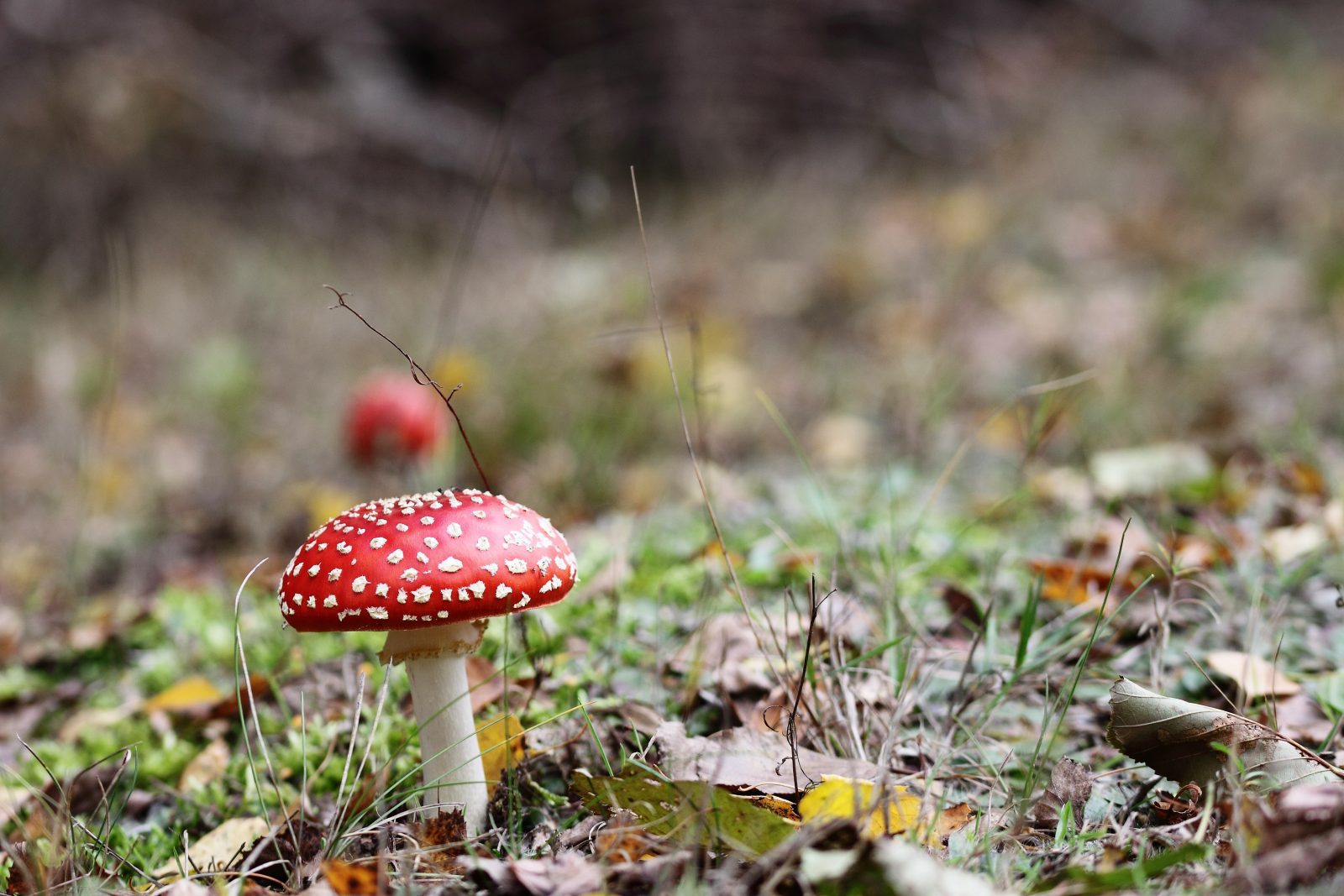Bumps, Bites, and Blisters

By Zach King, MD
This time of year our kids are coming home with all sorts of bumps, bites, and blisters. Many times it can be difficult to determine what is causing the rash, how to best treat it, and at what point we take them to the doctor.
Hopefully we can work through some of the major causes of these bumps, bites, and rashes and help alleviate the stress that comes with trying to figure out what to do. We will also discuss a few key red flags that let you know it’s time to go see your doctor.
Let’s start with everyone’s favorite…the “spider bite” causing a red, painful, swollen knot filled with pus. Unless you have been playing in a dark woodpile in the back of a barn or you actually see a spider leaving the scene of the crime, it’s not likely to be an actual spider bite. What you are actually seeing is a collection of pus that was likely started by an irritated hair follicle or a small scratch. The infection is from the staph bacteria called MRSA (methicillin-resistant staph aureus). Most abscesses stay small enough that the body can resolve it without needing to see a doctor. However, I recommend to my families that if the knot starts to rapidly grow past a couple inches in diameter as well as becoming increasingly painful, it’s time to see the doctor. Sometimes if we catch it early enough, we can start your child on antibiotics before it gets to the point of needing to be opened up and drained. Running fever with any abscess is another good indication of when it is a good idea to go see the doctor.
Bumps and bites that can look just as impressive as abscesses but don’t typically grow worse are your insect bites like mosquitos, ants, and chiggers. Depending on how sensitive your child is to these will determine how large the redness and swelling will develop. Mosquito bites will usually have a center papule where the bite was within a raised, red round area is surrounding that will be a large flat base of redness. Mosquito bites are more itchy than painful. Over the counter hydrocortisone cream and liquid Benadryl is usually all you need for mosquito bites. Ant bites can be even more angry in appearance than mosquito bites. Ant bites tend to cause a more blistered center point. As the blisters rupture, they can appear to look infected but they usually don’t require any more than some simple over-the-counter triple antibiotic ointment and time to heal. It may take weeks to months before the skin is completely back to normal after a mosquito or ant bite. Chigger bites tend to be much smaller and less impressive, but can be just as itchy, if not more, due to the irritation caused by their bites. A common myth about chiggers is that they burrow into the skin and you have to kill or smother them to get rid of them. That is not actually true. Chiggers simply bite the surface of the skin and therefore vigorous washing with soap and water will easily remove any that remain. Topical anti-itch creams and Benadryl work well. However, if the itching is unbearable, more potent steroid ointments can be prescribed by your doctor.
It may take weeks to months before the skin is completely back to normal after a mosquito or ant bite.
Lastly, we have all dealt with contact dermatitis (poison ivy, poison oak, sumac, etc) at some point in our lives. Let’s first dispel a few common misconceptions. The rash caused by poison ivy is NOT contagious. A compound called urushiol is found on and within the plant and sap. When urushiol comes into contact with skin it causes a local irritant. If you touch this compound with your hand and then touch another part of your body, you can develop rashes in these areas…but the rash itself is not spreading the irritant. Also, a single shot of steroids does not “cure” you of poison ivy. Poison ivy usually resolves in about one to three weeks regardless of steroid use. Treatments are aimed at helping relieve the symptoms. Initially, calamine lotion, oatmeal baths, and/or cool wet compresses can help with the itching. Antihistamines don’t do much for easing the itching, but they may help your child sleep more comfortably. As far as steroid creams, they can be helpful if used within the first few days after symptoms develop. The stronger the cream, the better it works. You will need a prescription from your doctor if you need anything stronger than 1% hydrocortisone cream. For severe symptoms if the rash covers a large area, especially on the face, your doctor may prescribe oral steroids. Since it takes one to three weeks for the irritation to resolve, steroids are usually given over 14 to 21 days, with the dosage slowly decreasing over time. You should seek medical attention if the rash is
involves a large area of the body, the face, the itching is unbearable, or if any of the lesions start to look infected.
Hopefully, now you will feel a little more comfortable knowing what to do the next time your child comes to you with that big red bump, bite, or blister. Good luck!


 Dr. King completed his residency at Arkansas Children’s Hospital in 2009.
Dr. King completed his residency at Arkansas Children’s Hospital in 2009.





